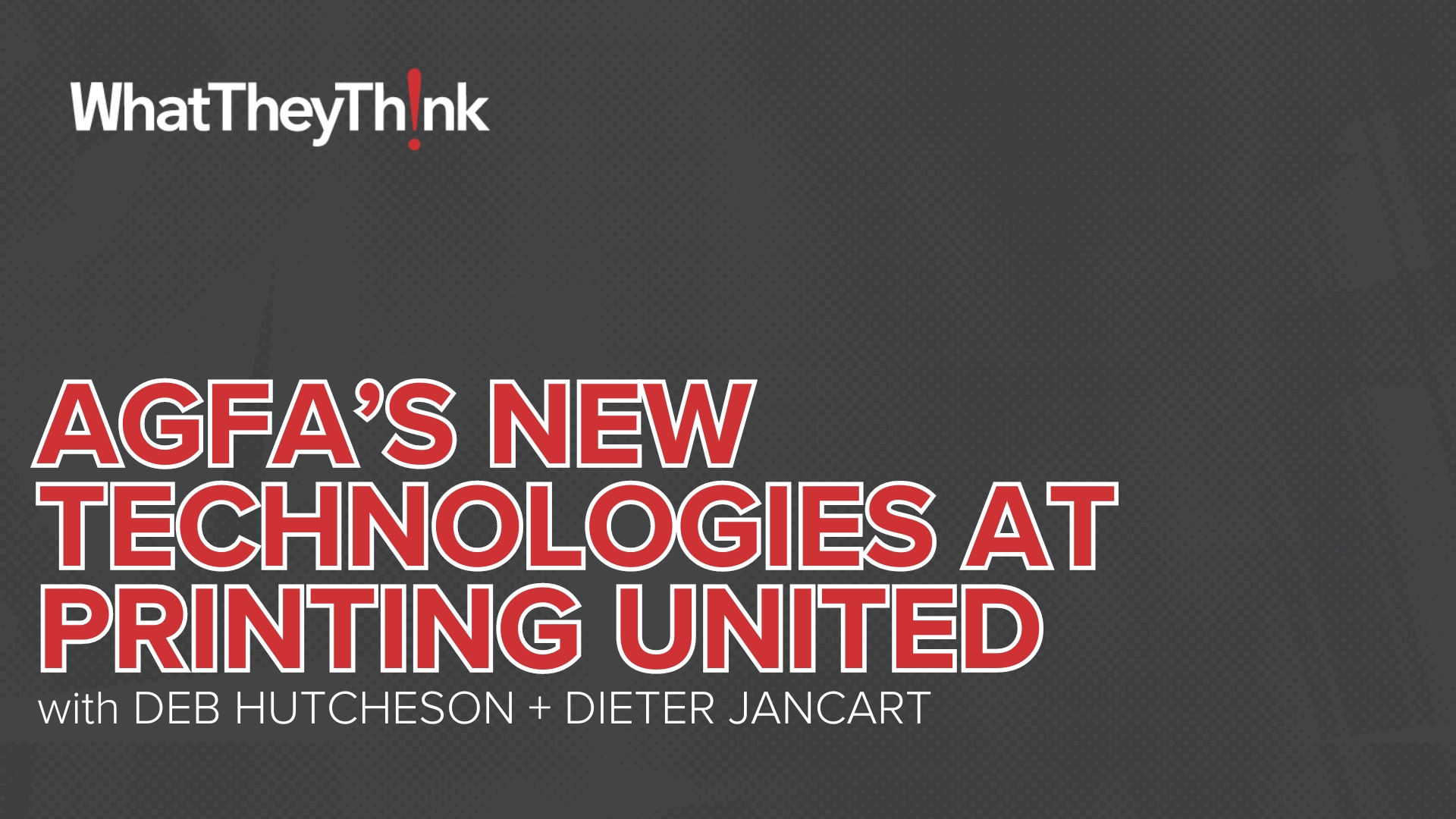
Image courtesy of Texintel.
Colourama, a Polish textile printing firm has become a “Powerhouse of Print” in Eastern Europe, boasting impressive daily production capacities.
The business now hosts a production volume of 12,000 to 15,000 linear meters of printed textile daily. Its diversified operations span an in-house design studio creating exclusive design collections for global distribution. They offer custom-printing, using their own materials catalog, as well as specialized transfer paper. With a deep-seated commitment to customer satisfaction, the company also offers bespoke printing services on fabrics provided by customers.
One thing that really sets Colourama apart is their impressive output, with a cool one million meters of printed textiles per year for their domestic market alone.
Their unwavering commitment to quality is underscored by the exclusive use of Mimaki printers and a strategic alliance marked by the first beta-testing of the Tiger 600-1800TS printer.
The Mimaki Tiger 600-1800TS represents a new age in digital textile printing, marked by significant strides in productivity, quality, and efficiency using dye-sublimation technology, offering a solution for high-volume, superior quality, and lasting print requirements. It consolidates winding and feeding mechanisms on one side, optimizing space, and negating the need for additional operating areas, thus minimizing the operational footprint of the print shop.
Colourama confirmed that in terms of print quality, the Tiger 600 has exceeded all expectations.
The machine has been designed and fine-tuned for high-speed performance. Bert Benckhuysen, the company’s Business Development Manager, went on to explain just how the Tiger’s specialist technology has been crafted for unrivalled print output. “The T600 introduces a novel, advanced printhead technology that delivers sharp, vivid prints with consistent color fidelity throughout the print process. The implementation of a staggered printhead arrangement allows for doubled print output per pass, ensuring unmatched precision in every print. The introduction of the ‘flushing box’ stands as a testament to innovation, maintaining impeccable nozzle quality and thereby ensuring continuous, high-caliber print outcomes.
Furthermore, the printer’s speed is capable of executing 290 running meters per hour on two bars and astounding 500 square meters on a single pass, and seamlessly marries rapid production with impeccable quality. And that’s not all...
Workflow can often create bottlenecks in any printshop, but not when using the Tiger. The onboard software streamlines the job programming process and has been achieved through the MPC software, enhancing the interaction between the user and the printer. This user-centric approach minimizes errors, facilitating a straightforward and efficient task management process, thereby bolstering productivity. The printer’s design also guarantees precise winding, crucial for large-scale printing operations.
The strategic deployment of dye-sublimation technology via the Tiger 600 printer has enabled Colourama to sustain continuous, even unattended, printing operations throughout the day and night, leveraging efficiencies and achieving ambitious production goals. To date the machine has printed over 35 kilometers of print. This robust, stable, and efficient printer has revolutionized the company's workflow, demonstrating conclusively the significant advantages of integrating cutting-edge technology to boost quality, productivity, and operational efficiency.
The impact of dye sublimation technology on the textile industry is profound.
This cutting-edge method boosts the vibrancy and durability of fabrics while significantly reducing the environmental impact compared to traditional printing techniques. It uses no water, turning dye directly into gas, making it a sustainable option in an industry often criticized for its ecological effects. It also allows designers to explore complex patterns and a wide range of colors, enhancing creativity and fashion.
Dye sublimation improves efficiency and cost-effectiveness, setting new standards and encouraging the industry to adapt and innovate. This major shift is making textile production more in line with fashion trends, market behaviors and environmental conservation a critical advancement in environmental stewardship.
Furthermore, dye sublimation’s efficiency in utilizing every bit of dye means there is minimal waste, contrasting sharply with conventional methods where excess dye can end up as environmental pollutants. This precise application of dye not only ensures optimal coloration and pattern detail but also significantly decreases the chemical waste footprint. Additionally, the durability of sublimation-printed fabrics reduces the need for frequent replacements, thereby lessening the environmental impact over the lifecycle of textile products.
From a forward-thinking viewpoint, getting in line with the global trend towards more eco-friendly manufacturing, the textile industry's growing move towards dye sublimation technology shows a real commitment to prioritizing green processes while cutting down on the industry’s carbon footprint, in pushing for innovations that make production more efficient for print and the environment.
Looking ahead, the future applications and innovations in textile printing, particularly through dye-sublimation technology, are poised to redefine the boundaries of creativity, efficiency, and sustainability.
Anticipated advancements are set to integrate artificial intelligence (AI) and machine learning algorithms for predictive maintenance and optimization of printing processes, significantly reducing downtime and enhancing productivity.
In the realm of sustainability, ongoing innovation is focused on developing eco-friendlier dyes and recyclable substrates that maintain high-quality outputs while further minimizing the environmental impact. These efforts are complemented by advancements in energy-efficient printing processes that reduce the carbon footprint of production facilities, like the Mimaki Tiger 600.
As the markets shift, the digitalization of textile printing is expected to evolve, offering even more personalized and on-demand printing solutions. This will enable designers and brands to rapidly respond to market trends and consumer preferences, fostering a more dynamic and responsive fashion ecosystem.
Companies such as Colourama will become strategic partners for fashion’s new sustainable ecosystem.
These future directions not only highlight the potential for growth and diversification within the textile industry but also underscore the print industries commitment to sustainability and efficiency. Through the continuous adoption and refinement of dye sublimation technology, the textile sector is well-positioned to meet the demands of the future - pushing the envelope in printed textile design, functionality, and environmental stewardship.














Discussion
Join the discussion Sign In or Become a Member, doing so is simple and free